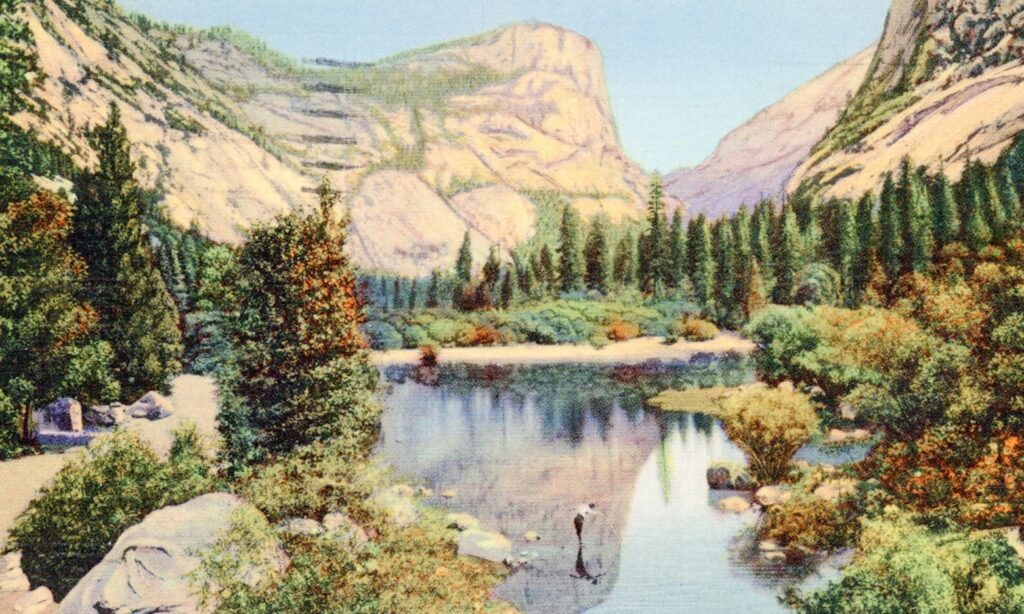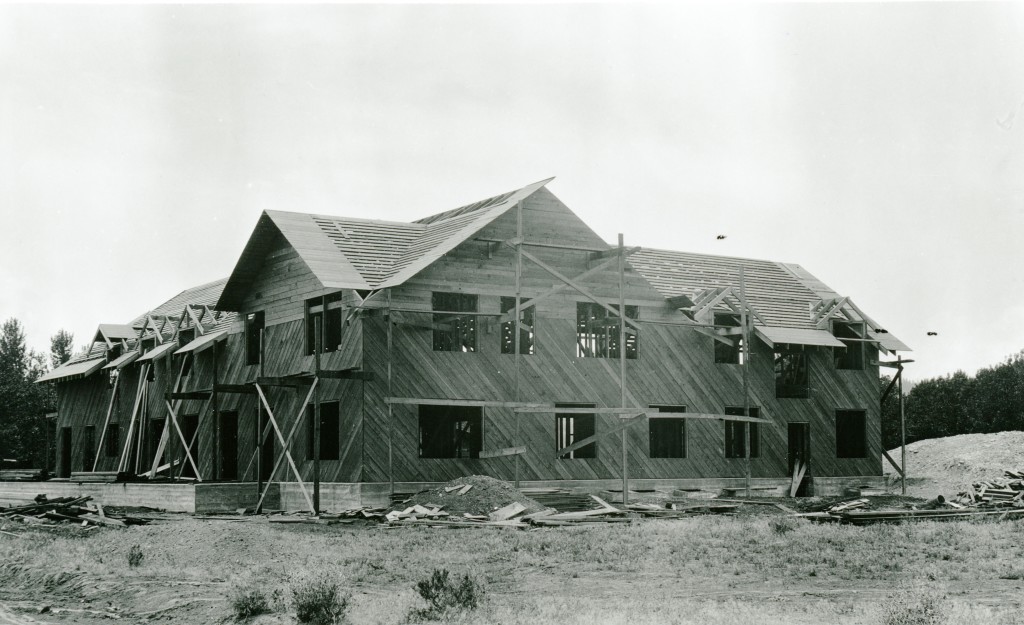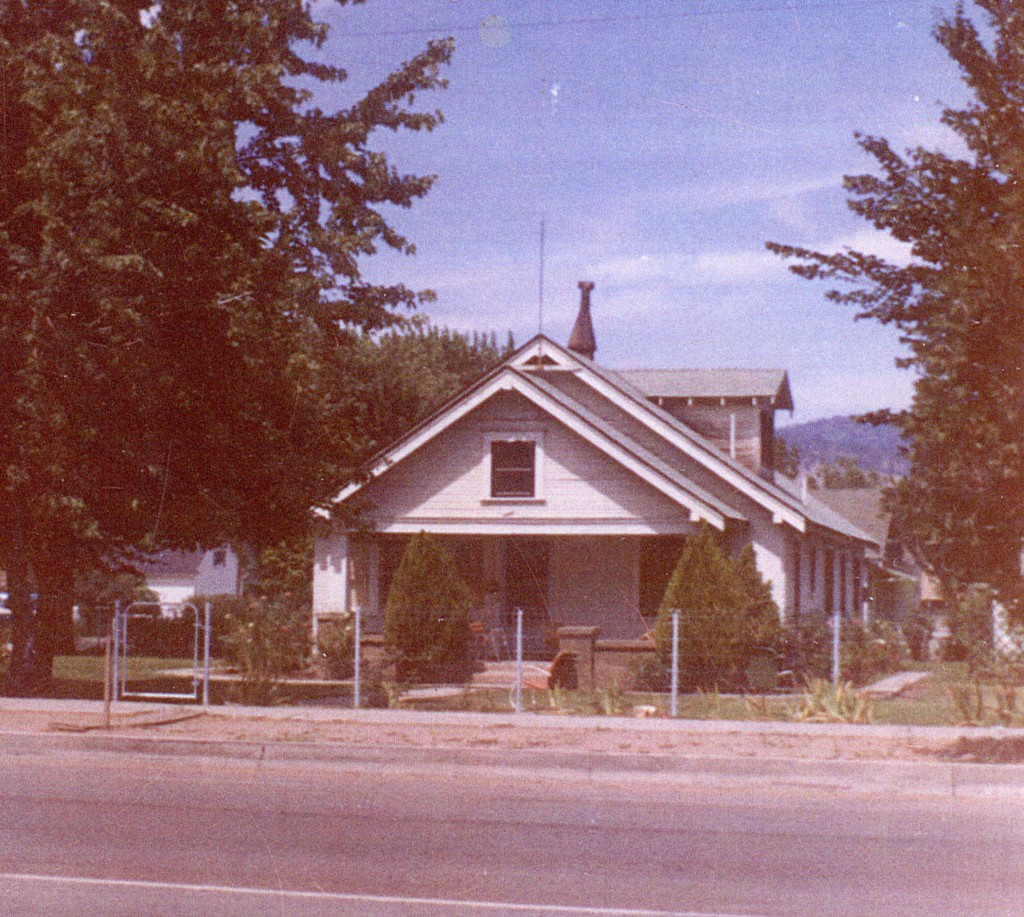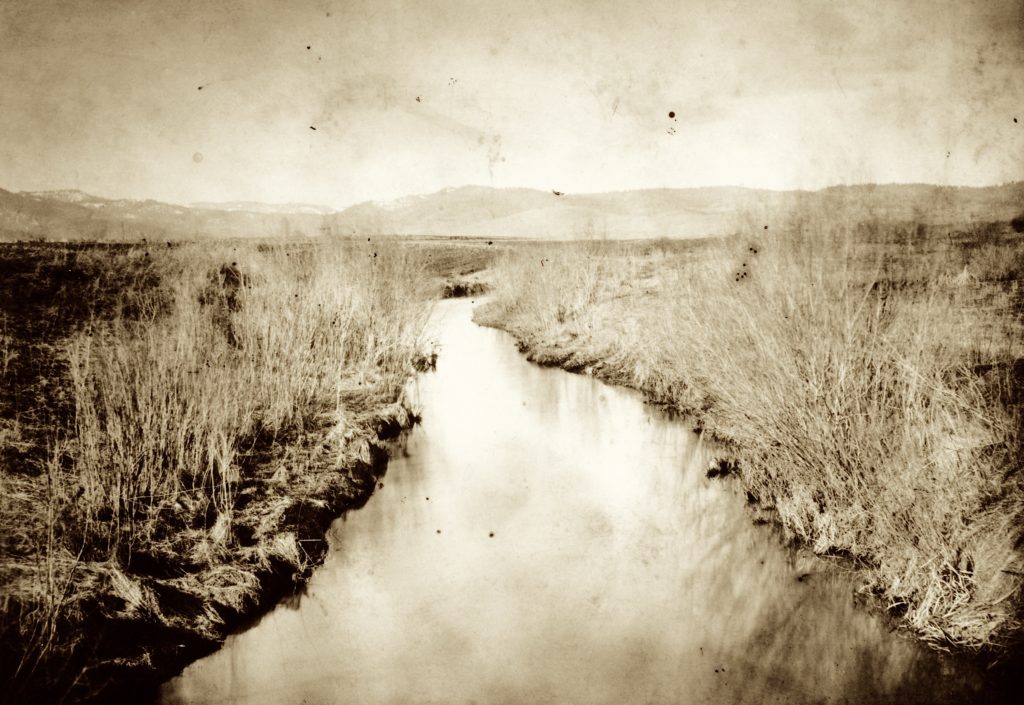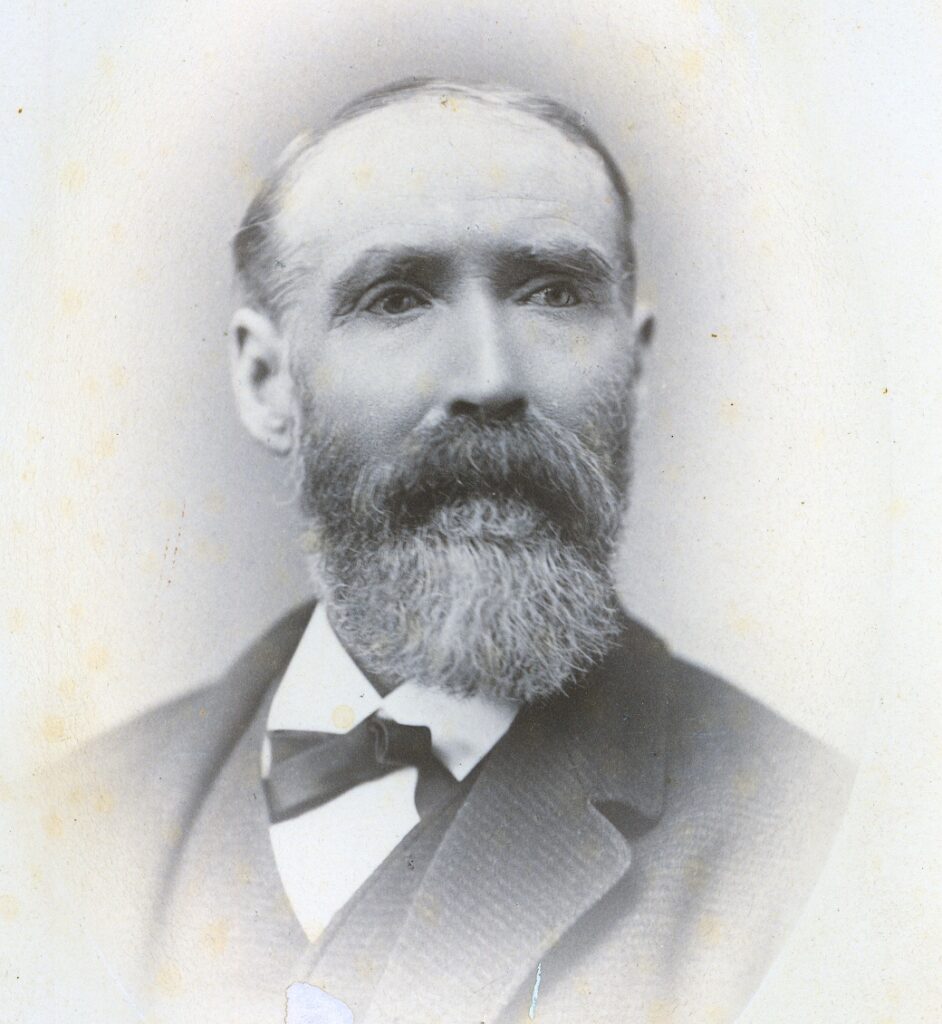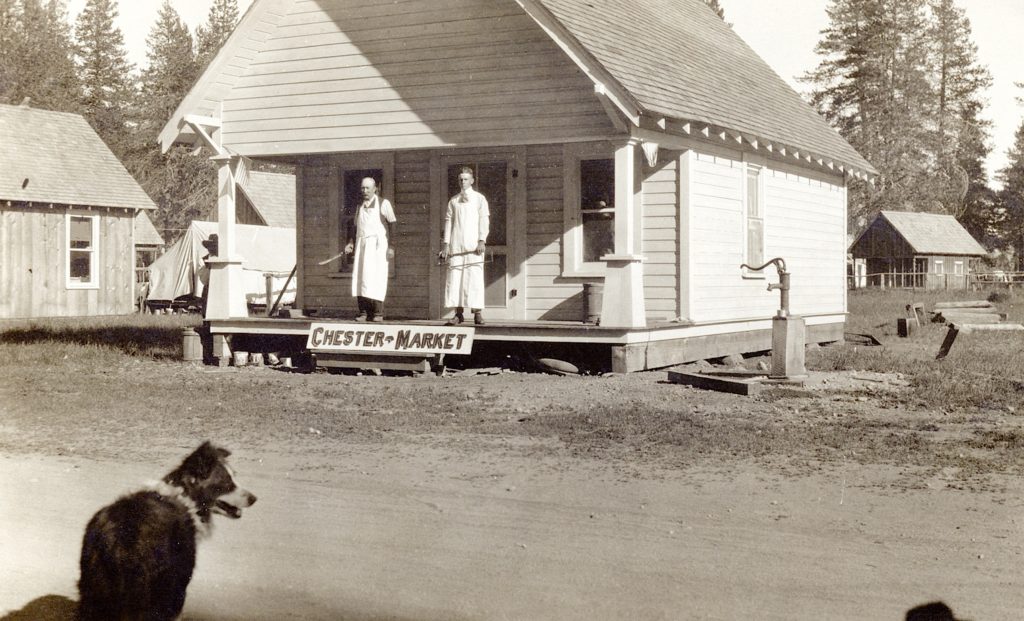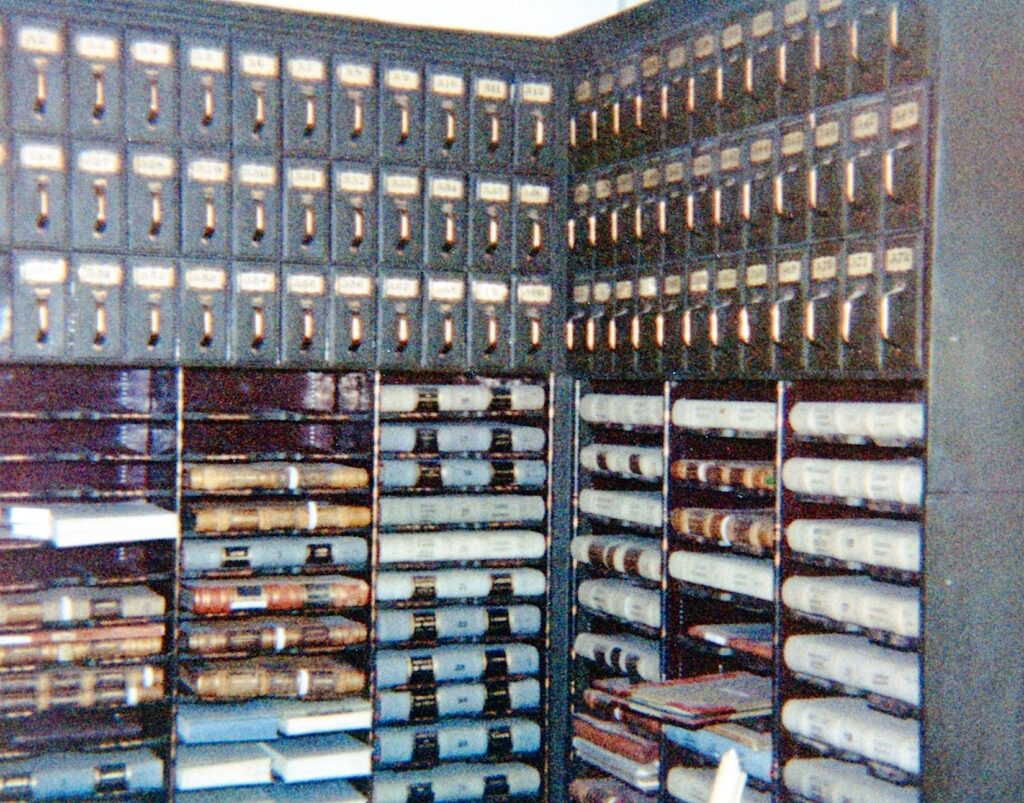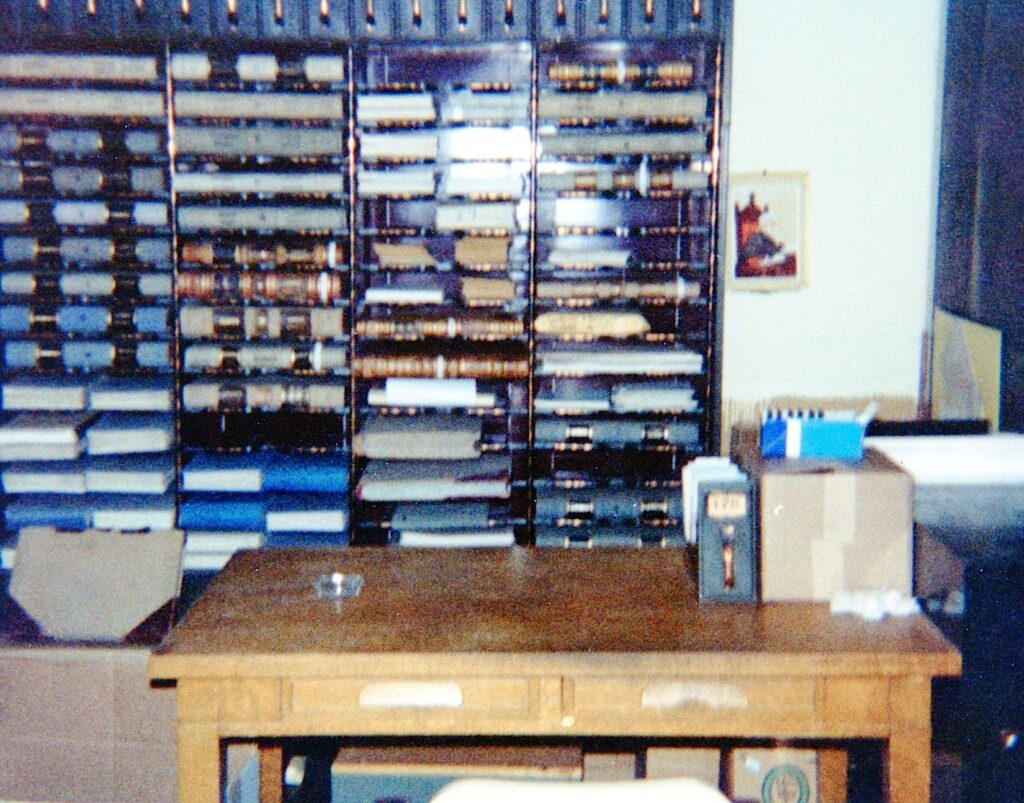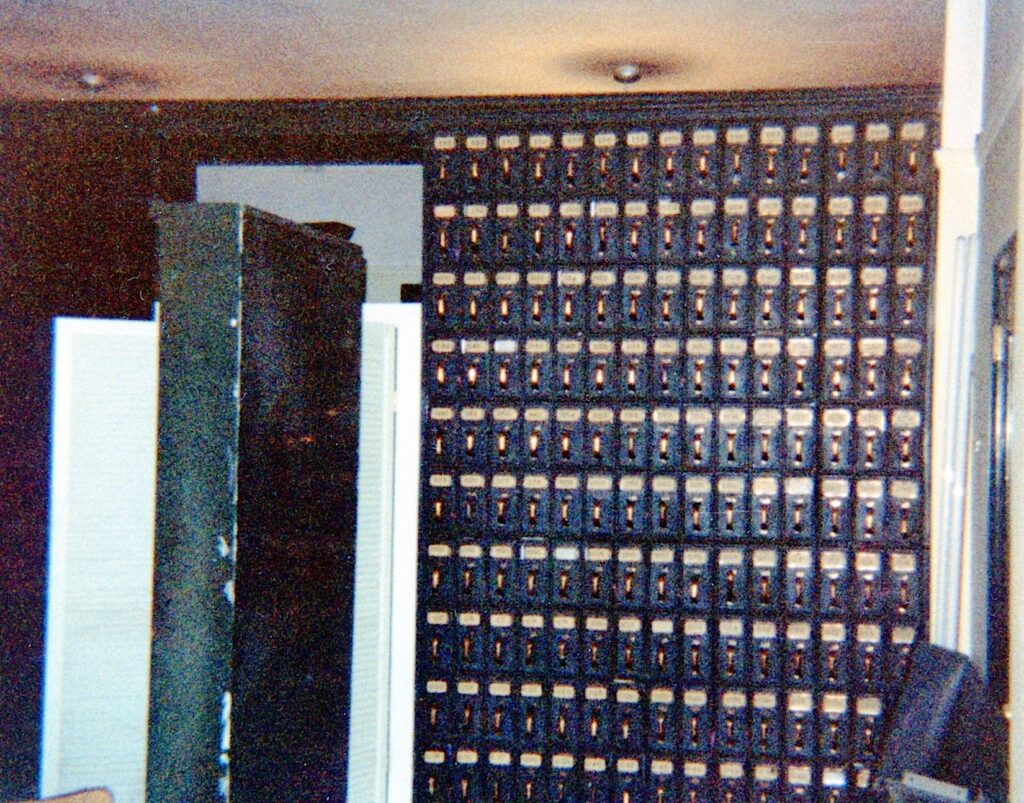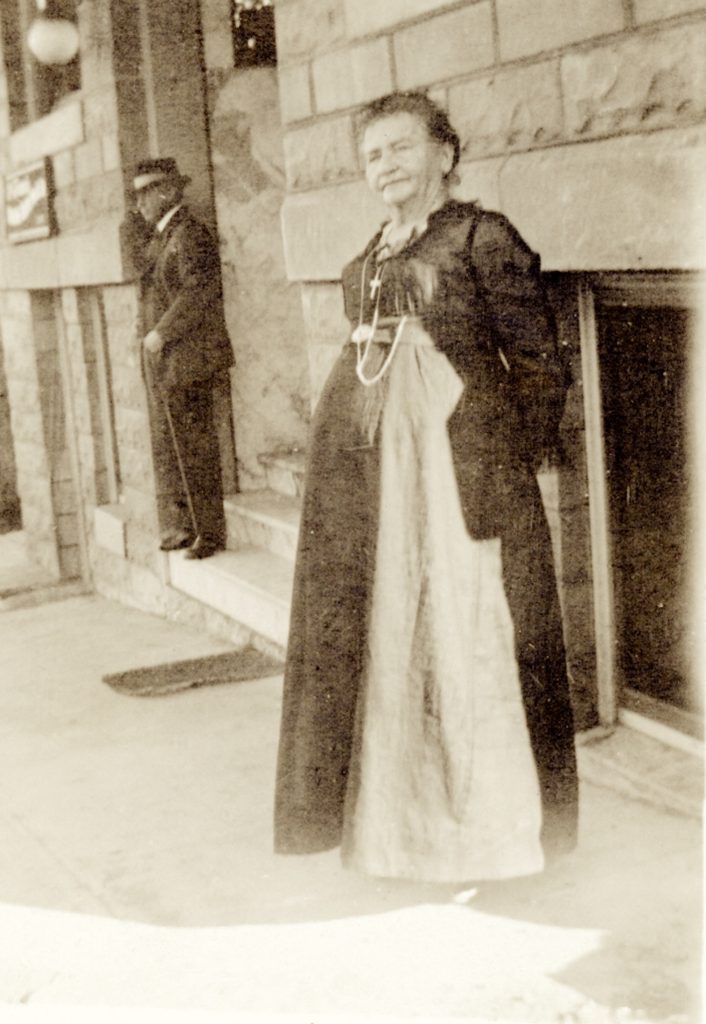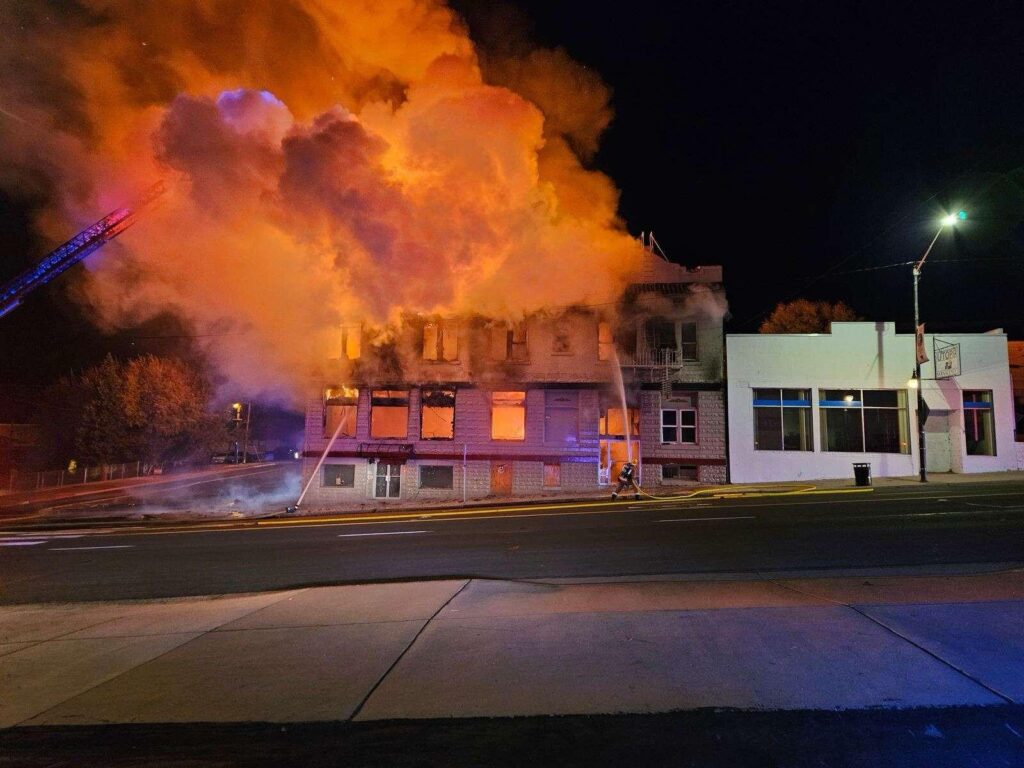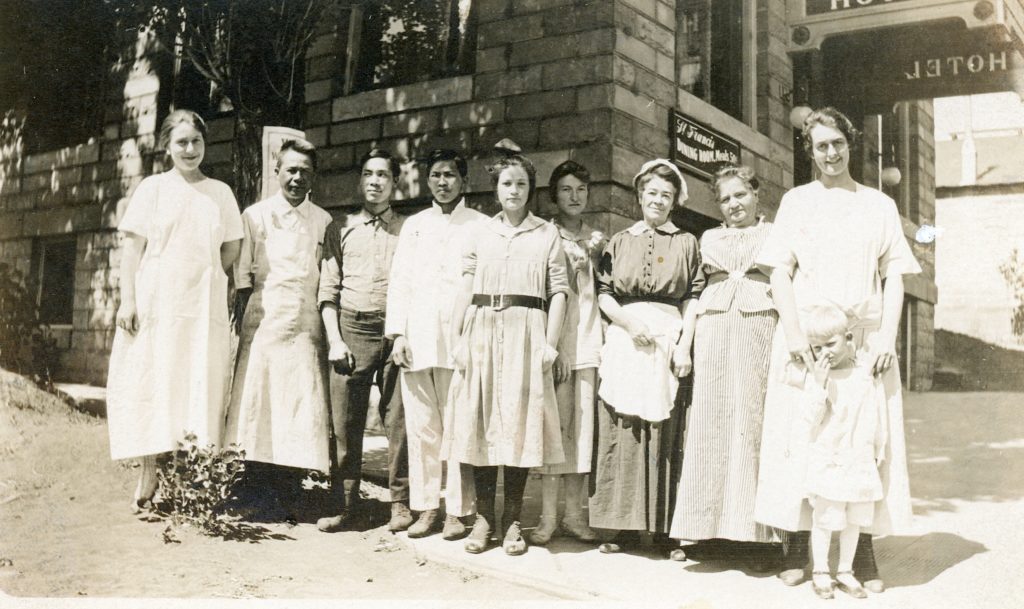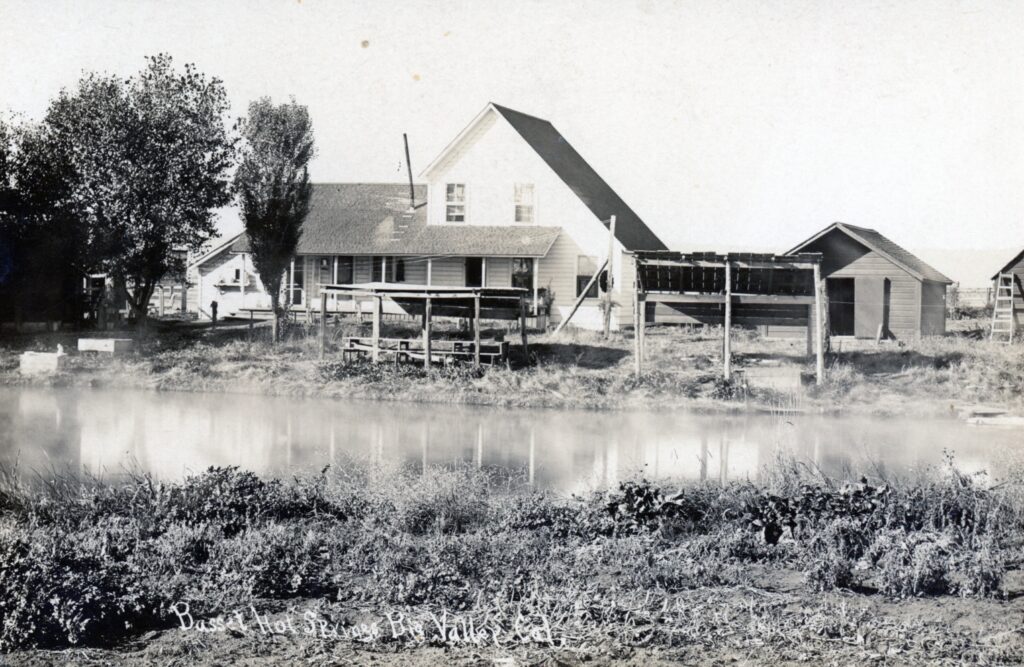
Note: This originally appeared in 2015 . While no new information has changed in the text. The one change is the addition of the above photograph.
In the late 1870s, Isaac Wilson Bassett developed the hot springs near Bieber, first by excavating a swimming hole where water was diverted because the springs were too hot. Later a bathhouse was constructed that contained wooden tubs. If the water became too cool, a wooden spigot could be turned into the tubs to add additional hot water so that optimum temperature was maintained in the pool. As Frances A. Gassaway recalled, “For twenty-five cents, one could go into the plunge and bathe. For a dime more one could be furnished a swimsuit. It was quite a treat to go to the springs.” In 1928, under Barney Fillingim’s management, the wooden pool was replaced with a concrete swimming pool. The Bassett family continued to operate the springs until 1945 when it was sold to Gerald and Birdie Packwood for $17,500. The Packwoods continued operations for a short period of time. Due to health regulations, maintenance, and insurance the Packwood’s deemed it too costly to operate and the facility was closed.

Tim
